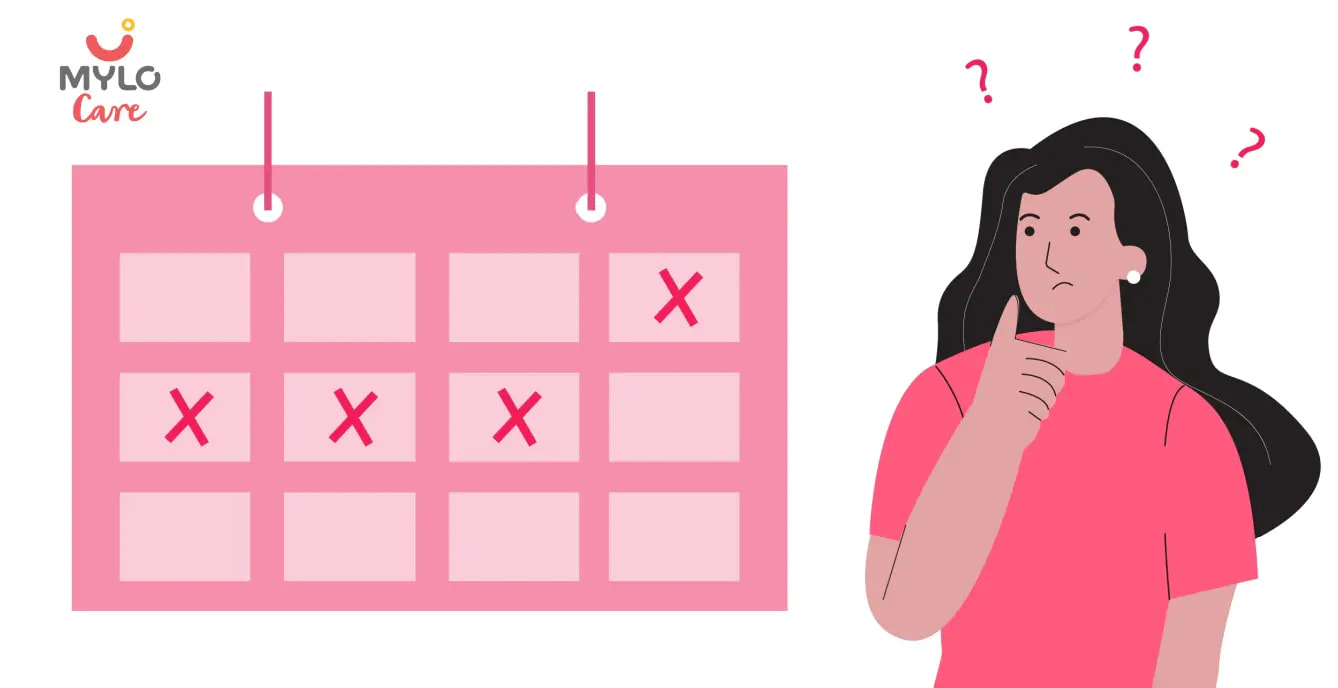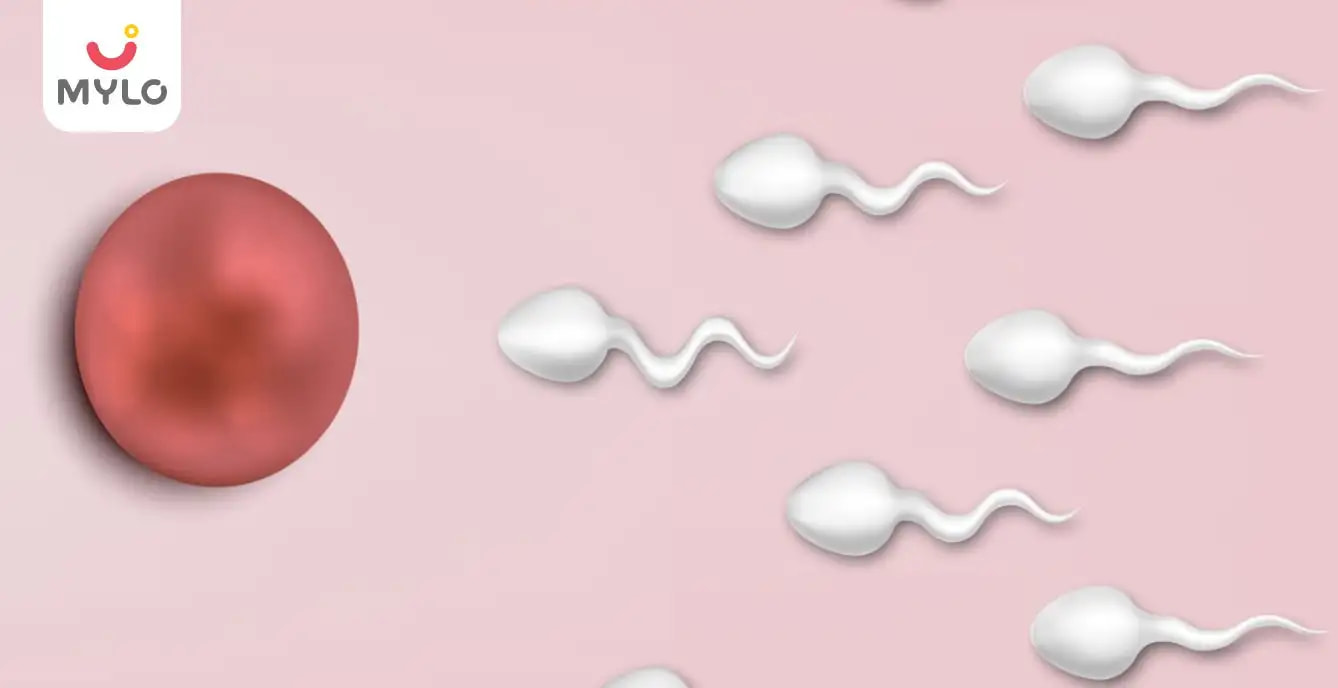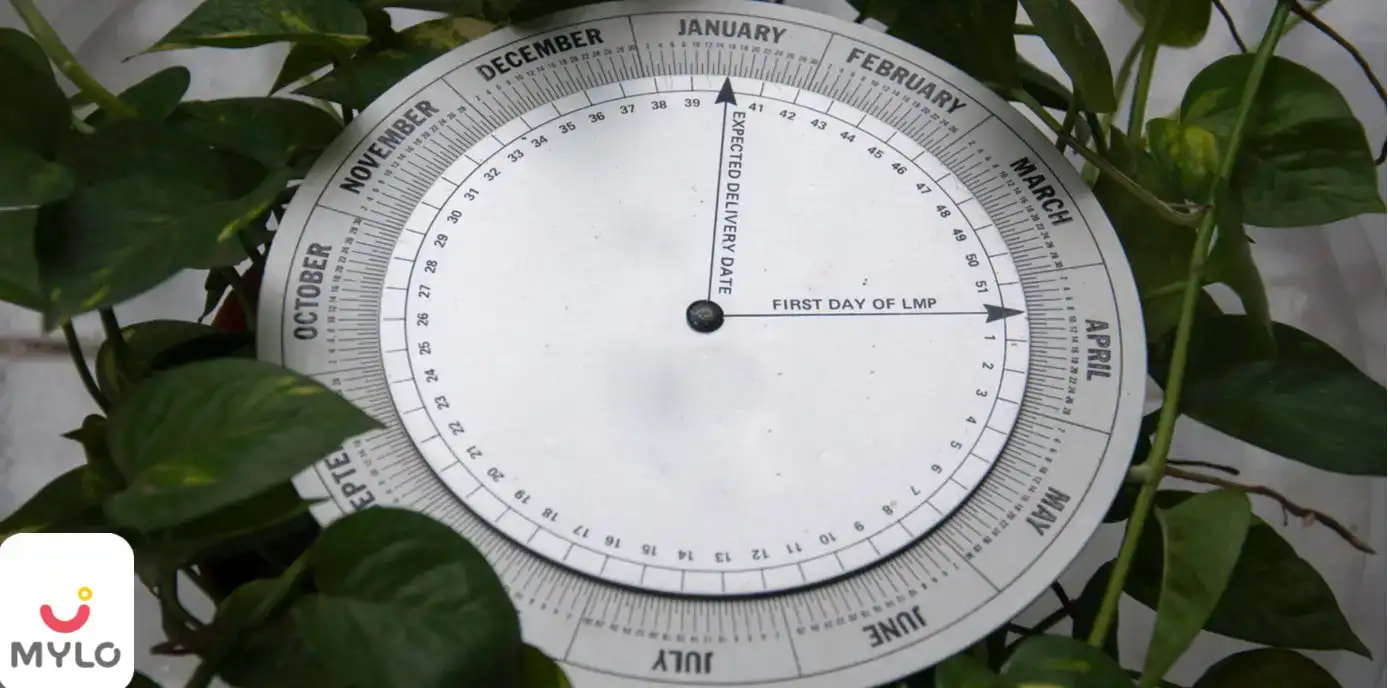Home

Ovulation

Ovulation Calculator: How to Calculate Your Most Fertile Days
In this Article

Ovulation
Ovulation Calculator: How to Calculate Your Most Fertile Days
Updated on 6 March 2024



Medically Reviewed by
Dr. Shruti Tanwar
C-section & gynae problems - MBBS| MS (OBS & Gynae)
View Profile

When Meera and Rukhshan decided to grow their family and welcome a little one into their lives, they began to wonder questions like what’s the best time to have sex and how to calculate it. Frequent Google searches unveiled that there’s a time every month when a woman is most fertile and there are ways to calculate it as well. One such way to identify the most fertile period is using an ovulation calculator.
So, let’s join Meera and Rukhshan as they understand what is an ovulation period calculator, how it works, its benefits and its alternatives.
What is an ovulation calculator?
An ovulation calculator is a valuable tool for couples who are trying to conceive. It helps determine the most fertile days of a woman's menstrual cycle, making it easier to time intercourse for optimal chances of conception. The calculator works by taking into account the length of the menstrual cycle and the average length of the luteal phase, which is the time between ovulation and the start of the next menstrual period.
Using an ovulation calculator is simple. All you need to do is enter the first day of your last menstrual period and the length of your menstrual cycle. The calculator then predicts the days when you are most likely to be ovulating. This information can be incredibly useful for couples who want to increase their chances of getting pregnant.
How does an ovulation date calculator work?
An ovulation day calculator works by estimating the date of ovulation based on the information you provide. It takes into account the length of your menstrual cycle and the average length of your luteal phase. The calculator then calculates the ovulation date by subtracting the length of the luteal phase from the length of the menstrual cycle.
For example, if your menstrual cycle is 28 days long and your luteal phase is 14 days, the calculator will estimate that you will ovulate on day 14 of your cycle. This is the day when you are most fertile and have the highest chances of conceiving.
It's important to note that an ovulation date calculator provides an estimate and may not be 100% accurate for everyone. Factors such as stress, illness, and hormonal imbalances can affect the timing of ovulation. However, it is still a helpful tool for identifying the most likely days of fertility.
What are the benefits of using an ovulation period calculator?
Here are some of the most important benefits you can get by using an ovulation day calculator:
1. Increased chances of conception
By using an ovulation date calculator, you can identify the days when you are most fertile, increasing your chances of conceiving.
2. Timing intercourse
Knowing your fertile days allows you to time intercourse accordingly, maximizing the chances of sperm meeting the egg.
3. Avoiding unnecessary stress
Trying to conceive can be stressful, but an ovulation calculator helps you relax by providing a clear picture of your most fertile days and a sense of control over your fertility journey..
4. Understanding your cycle
Using an ovulation calculator can help you understand your menstrual cycle better, including the length of your cycle and the duration of your luteal phase.
5. Identifying irregularities
If you have irregular periods, an ovulation calculator can help you identify patterns and irregularities in your cycle, which can be useful information to share with your healthcare provider.
6. Planning for the future
If you are not ready to conceive just yet, an ovulation calculator can help you plan for the future by identifying the days when you should use contraception.
How accurate is an ovulation calculator for irregular periods?
An ovulation calculator can still be helpful for women with irregular periods, although its accuracy may be slightly reduced. Irregular periods can make it more challenging to predict the exact timing of ovulation, but an ovulation calculator can still provide a good estimate based on your average cycle length.
If you have irregular periods, it's recommended to track additional signs of ovulation, such as changes in cervical mucus or using ovulation predictor kits. These methods can complement the information provided by an ovulation calculator and help you pinpoint your most fertile days more accurately.
Remember that if you have been trying to conceive for an extended period without success, it is always a good idea to consult with a healthcare professional who can provide personalized guidance and recommendations based on your specific situation.
What are the alternatives to using an ovulation day calculator?
While an ovulation date calculator is a popular tool for tracking fertility, there are alternative methods that can be used in conjunction with or instead of a calculator. Here are five alternatives to consider:
1. Basal body temperature charting
Tracking your basal body temperature can help identify the slight increase that occurs after ovulation, indicating that ovulation has already taken place.
2. Cervical mucus monitoring
Changes in the consistency and appearance of cervical mucus can indicate fertile days. Monitoring these changes can help identify the ovulation window.
3. Ovulation predictor kits
Ovulation test kits detect the surge of luteinizing hormone (LH) in urine, which typically occurs one to two days before ovulation. They can help pinpoint the most fertile days of your cycle.
4. Tracking menstrual symptoms
Paying attention to symptoms such as breast tenderness, abdominal pain, or changes in libido can provide additional clues about your fertility window.
5. Fertility tracking apps
There are numerous smartphone apps available that help track menstrual cycles, ovulation, and fertility. These apps often combine multiple methods for more accurate predictions.
Remember that every woman's body is unique, and what works for one person may not work for another. It may be helpful to experiment with different methods to find the one that suits you best.
Final Thoughts
An ovulation calculator can be a valuable tool for couples who are trying to conceive. It provides an estimate of the most fertile days of a woman's menstrual cycle, helping to maximize the chances of conception. While it may not be 100% accurate for everyone, it still offers valuable insights and can be used in conjunction with other fertility tracking methods. Whether you choose to use an ovulation calculator or explore alternative methods, it's important to remember that conception is a complex process influenced by various factors. If you have been trying to conceive for an extended period without success, it may be beneficial to consult with a healthcare professional who can provide personalized guidance and support.
References
Holesh, J. E., Bita Hazhirkarzar, & Lord, M. (2019). Physiology, Ovulation. NCBI
Su, H.-W., Yi, Y.-C., Wei, T.-Y., Chang, T.-C., & Cheng, C.-M. (2017). Detection of ovulation, a review of currently available methods. Bioengineering & Translational Medicine
Tags
Ovulation Calculator in Tamil, Ovulation Calculator in Hindi, Ovulation Calculator in Telugu





Medically Reviewed by
Dr. Shruti Tanwar
C-section & gynae problems - MBBS| MS (OBS & Gynae)
View Profile


Written by
Priyanka Verma
Priyanka is an experienced editor & content writer with great attention to detail. Mother to an 11-year-old, she's a ski
Read MoreGet baby's diet chart, and growth tips

Related Articles
Related Topics
RECENTLY PUBLISHED ARTICLES
our most recent articles

Food Cravings
A Mom-to-Be's Handbook to Safely Savoring Momos in Pregnancy

Diet & Nutrition
Chicken During Pregnancy: The Ultimate Guide to Safe and Nutritious Eating

Diet & Nutrition
How To Prepare Food For Your Infant/Toddler Safely? Here Are Some Tips That You Must Not Forget While Preparing Food

Lactational Amenorrhea Method: A Safe and Effective Contraception for Postpartum Moms

What to Do to Help Fall Asleep Faster During Pregnancy?

High Blood Pressure in Pregnancy
Home Remedies to Control High Blood Pressure in Pregnancy
- Pizza During Pregnancy: Cravings, Comfort, and Caution for Moms-To-Be
- Baby Milestones for Development, Growth & Health in the First Year
- The Ultimate Collection of International Women's Day Quotes
- The A-Z Guide to Identifying Vegetables Name in English for Children
- Grapes in Pregnancy: The Ultimate Guide to Benefits & Precautions
- Postpartum Exercise: What to Know About Exercising After Pregnancy
- Baby Crawling: A Parent's Guide to Baby's First Moves
- Postpartum Diet Plan: Your Postpartum Nutrition Guide
- The Ultimate Guide to Crafting the Perfect Baby Photoshoot
- Lupride Injection: How It Works and What You Need to Know
- Why are Some Women Recommended HCG Injection During Pregnancy?
- Sudden Infant Death Syndrome (SIDS): Meaning, Causes & Prevention
- Period After Abortion: What to Expect About Timing, Duration and Frequency
- Thumb Sucking: How to Help Your Child Break the Habit


AWARDS AND RECOGNITION

Mylo wins Forbes D2C Disruptor award

Mylo wins The Economic Times Promising Brands 2022
AS SEEN IN
















- Mylo Care: Effective and science-backed personal care and wellness solutions for a joyful you.
- Mylo Baby: Science-backed, gentle and effective personal care & hygiene range for your little one.
- Mylo Community: Trusted and empathetic community of 10mn+ parents and experts.
Product Categories
baby carrier | baby soap | baby wipes | stretch marks cream | baby cream | baby shampoo | baby massage oil | baby hair oil | stretch marks oil | baby body wash | baby powder | baby lotion | diaper rash cream | newborn diapers | teether | baby kajal | baby diapers | cloth diapers |








